Introduction
Biogas production systems play a crucial role in converting biomass into renewable energy. However, they face various challenges, such as inconsistencies in feedstock availability and quality, which can affect biogas yield. In this article, we explore the complexities of biogas production and the importance of meticulous waste management and process control.
We delve into case studies from California and Denmark, highlighting their efforts to reduce methane emissions and achieve sustainable biogas production. Additionally, we discuss the role of biogas in the context of EU policies and the global energy sector's transition towards renewable fuels. Technological advancements, such as membrane technology in wastewater treatment, are also shaping the future of biogas production.
Join us as we explore the potential of biogas and its impact on the renewable fuels industry.
Challenges in Current Biogas Production Systems
Biogas production systems are essential for converting biomass into a renewable energy source. However, they are not without challenges. Inconsistencies in feedstock availability and quality can cause notable fluctuations in biogas yield, complicating the energy generation process. Optimal biogas production hinges on meticulous waste stream management and process parameter control. A case in point is California's effort to slash methane emissions from livestock manure, aiming for a 40% reduction below 2013 levels by 2030. The state's strategy avoids imposing a methane emissions fee or obliging farmers to adopt certain practices, which could inflate dairy prices and trigger industry relocation, a phenomenon known as leakage.
Denmark's biogas journey, dating back to the early 20th century, exemplifies progress in this domain. With initial ambitions to stabilize sludge and use the resulting gas for heating, the country has evolved to produce biogas, electricity, heat, and reclaim nutrients and sand. Their approach underscores the significance of collection and pretreatment of wastewater, as well as the critical role of anaerobic digestion, where microorganisms break down organic material in the absence of oxygen, producing methane-rich biogas.
Understanding the complex role of biomass in the context of EU policies is crucial, as highlighted by the EEA biomass report. It delves into the origins and flows of biomass and examines its contribution to achieving the European Green Deal's objectives. The report emphasizes the need for sustainable biomass supply in the EU, considering agricultural and woody biomass's diverse applications ranging from animal feed to construction materials.
Amidst policy shifts and growing sustainability concerns, biogas production is poised for transformation. The EU's indigenous biogas production saw a modest rise in 2021, with Germany, Italy, and France leading the way. This aligns with the repower EU plan to boost the production of sustainable biomethane, thereby reducing reliance on imported fossil fuels.
The International Energy Agency's Sustainable Development Scenario outlines a pathway for the global energy sector to align with the Paris Agreement's climate goals. Achieving this would necessitate rapid, extensive changes throughout the energy system. The application of technologies like membrane technology in wastewater treatment can enhance the efficiency of biogas production, representing one of the many innovations shaping the future of the industry. The upcoming EnviroTech conference in Lisbon is set to further explore these advancements, fostering dialogue among cement industry leaders on reducing environmental impact.
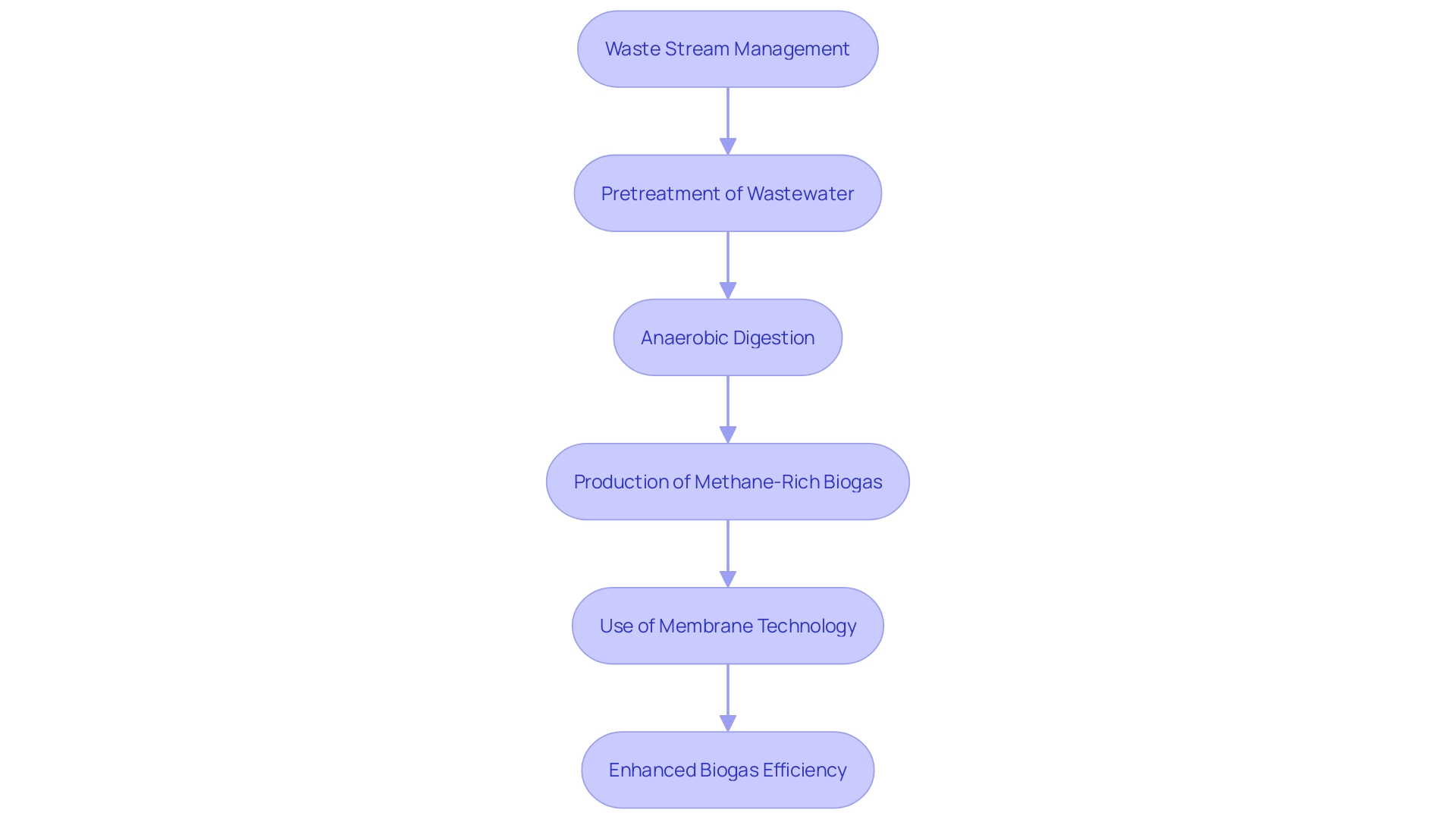
Improved Design for Community Biogas Production and Distribution
Denmark's evolution in biogas development serves as an exemplary case study for community biogas projects aiming for sustainability and efficiency. Starting in the 1920s, Danish wastewater treatment plants began to install digesters primarily to stabilize sludge. As the understanding of biogas potential grew, these facilities advanced to not only produce biogas but also generate electricity and heat from the sludge, while recovering valuable nutrients and sand. This transformation was spurred by the 1987 Danish Aquatic Environment Action Plan, which tackled environmental challenges such as oxygen depletion in aquatic environments.
The process of biogas production from wastewater in Denmark is meticulous and multifaceted. Initially, wastewater is collected and subjected to a vital pretreatment phase where screening and sedimentation occur, sometimes complemented by advanced techniques like thermal hydrolysis. These steps are crucial for breaking down complex molecules and prepping the organic material for digestion. Following this, anaerobic digestion takes place in an oxygen-free environment where specific microorganisms convert organic matter into methane-rich biogas. Optimal conditions are meticulously maintained for these microorganisms to maximize biogas production efficiency.
The Danish experience underscores the importance of integrating careful feedstock selection, reactor design, and gas collection and distribution systems for successful community biogas systems. Moreover, it showcases the broader benefits of biogas production from wastewater, including the provision of renewable energy and the transition towards a resource-recovery model.
Reflecting on the broader implications of such initiatives, we see the potential for substantial environmental and economic benefits. For instance, thermal networks in Canada demonstrate the feasibility of distributing heat from renewable sources over long distances, thereby reducing electricity and heating fuel demands. Such infrastructure advancements underscore the transformative power of sustainable energy solutions.
In the context of global energy challenges, the Sustainable Development Scenario (SDS) by the International Energy Agency (IEA) emphasizes the necessity for the energy sector to align with the Paris Agreement and achieve sustainable development goals, including universal access to modern energy and a significant reduction in air pollutants.
As energy communities emerge, they are increasingly recognized for their potential impacts on the energy system, local economy, community well-being, and environmental conservation. The Energy Communities Repository's set of impact indicators provides valuable insights into the state of energy communities across the European Union, although it is important to note that the data should be interpreted as indicative due to varying levels of participation in the data collection process.
The Danish journey from utilizing biogas as a means to warm up digesters to a fully-fledged resource recovery system is a testament to the potential of community biogas systems. It serves not only as a blueprint for success but also as a beacon of inspiration for communities worldwide aspiring to sustainable and efficient energy generation.
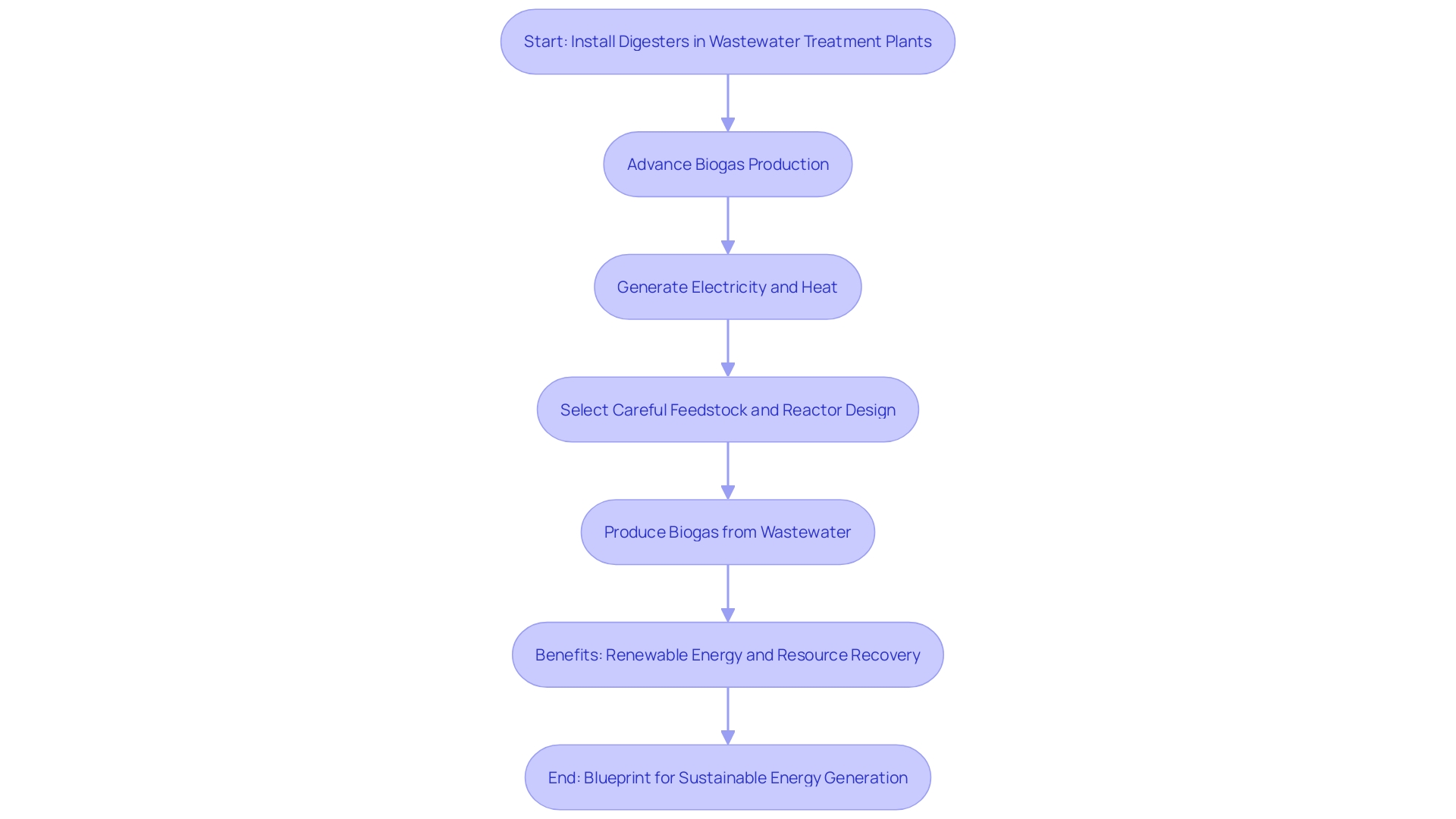
Optimization of Biogas Demand and Supply
Optimizing biogas production and demand is a multifaceted challenge that requires a strategic approach, as seen in the case of California's SB 1383 legislation, aiming to slash methane emissions from livestock manure by 40% below 2013 levels by 2030. Rather than imposing methane emissions fees on farmers, which could lead to increased dairy product prices and potential relocation of farms (a phenomenon known as leakage), California has sought alternative solutions.
Public-private partnerships offer a promising avenue to address this issue. For example, Danone, a leading dairy company, has partnered with thousands of global farmers to implement systems that reduce methane emissions. This collaborative effort underscores the importance of integrating research, policy, market coalitions, supply chains, and on-farm practices to achieve significant environmental benefits.
In the realm of biogas, companies like ENGIE North America demonstrate the value of sustainable energy solutions. Through projects like co-digestion wastewater facilities and waste-to-energy systems, ENGIE has shown how waste biogas can be effectively harnessed for power generation.
The biogas market also sees contributions from innovative collaborations, such as the partnership between St1 and Nordion Energi, which aims to expand biogas production and distribution. These partnerships are crucial for supplying sectors like transport with locally produced Liquid Biogas (LBG), highlighting biogas's role in the energy transition.
Technological advancements are evident at Windfall Bio, where the cultivation of microbes is leveraged for biogas production, demonstrating the potential for biogas to integrate into various industries, even beyond those connected to the gas grid.
To achieve the Sustainable Development Scenario (SDS) outlined by the International Energy Agency (IEA), the global energy sector must align with the Paris Agreement's goals, requiring a transformation in energy systems. Biogas systems, which recycle organic waste into renewable energy and soil products through anaerobic digestion, play a key role in this transition. They not only provide renewable energy but also contribute to nutrient recovery and waterway protection.
As Peter Gleick, co-founder and senior fellow at the Pacific Institute, emphasizes, transitioning to more effective water preservation methods is underway, and the same can be said for energy policies. The shift from traditional energy supplies to innovative, sustainable solutions like biogas is not only feasible but critical for a sustainable future.
Role of Biogas in Climate Change Mitigation
Utilizing organic waste as a renewable resource for biogas production is not only a step towards sustainable energy but also a strategic climate solution. A compelling case study in the biogas sector demonstrates its environmental benefits, particularly in reducing potent greenhouse gas emissions like methane, which is responsible for approximately 30% of global warming since the pre-industrial era. The transition to biogas can significantly replace fossil fuels in sectors such as transportation, where electric vehicles (EVs) are gaining traction, and also in heating systems.
The potential of biogas extends beyond energy production; it involves the innovative management of organic waste from municipal sources, which is estimated at 1 billion tons annually globally. This waste, including agricultural residues like corn stover, can be transformed into valuable compost or biofuel. Dr. Jane Gilbert emphasizes the dual benefits of this approach, mitigating methane emissions while promoting environmentally safe waste management practices with positive economic implications.
Advancements in technology are further enhancing the viability of biogas. For instance, the integration of biochar in the process of converting water to hydrogen—an essential part of electrolysis—has shown to substantially reduce the electricity required, potentially bringing down associated greenhouse gas emissions to net zero. This aligns with the broader aim of eliminating emissions from all sectors of the economy through innovative solutions, as stressed by experts in the field.
Moreover, the biogas industry is witnessing a digital transformation, poised to become more sustainable with the engineering and commissioning of advanced control systems. This momentum is reflective of the broader shift in industry practices, such as the automotive sector's move towards electric drive systems, underscoring the relevance of biogas in a circular economy.
The pursuit of carbon-negative solutions is anchored in the strategic use of biomass for carbon dioxide removal (CDR), thereby contributing to net-zero emissions goals. Biomass, derived from living matter, offers a carbon-rich material that can sequester carbon from the atmosphere or serve as a sustainable energy source. However, it is imperative to establish guidelines to ensure its carbon-negative impact.
Recent statistics highlight the declining trend in greenhouse gas emissions across various EU countries, with notable reductions in the electricity, gas supply, and household sectors. These trends underscore the importance of renewable energy sources like biogas in achieving climate targets. As the WasteMAP Platform launch approaches, stakeholders are urged to stay informed on the developments in organic waste management and renewable energy solutions.
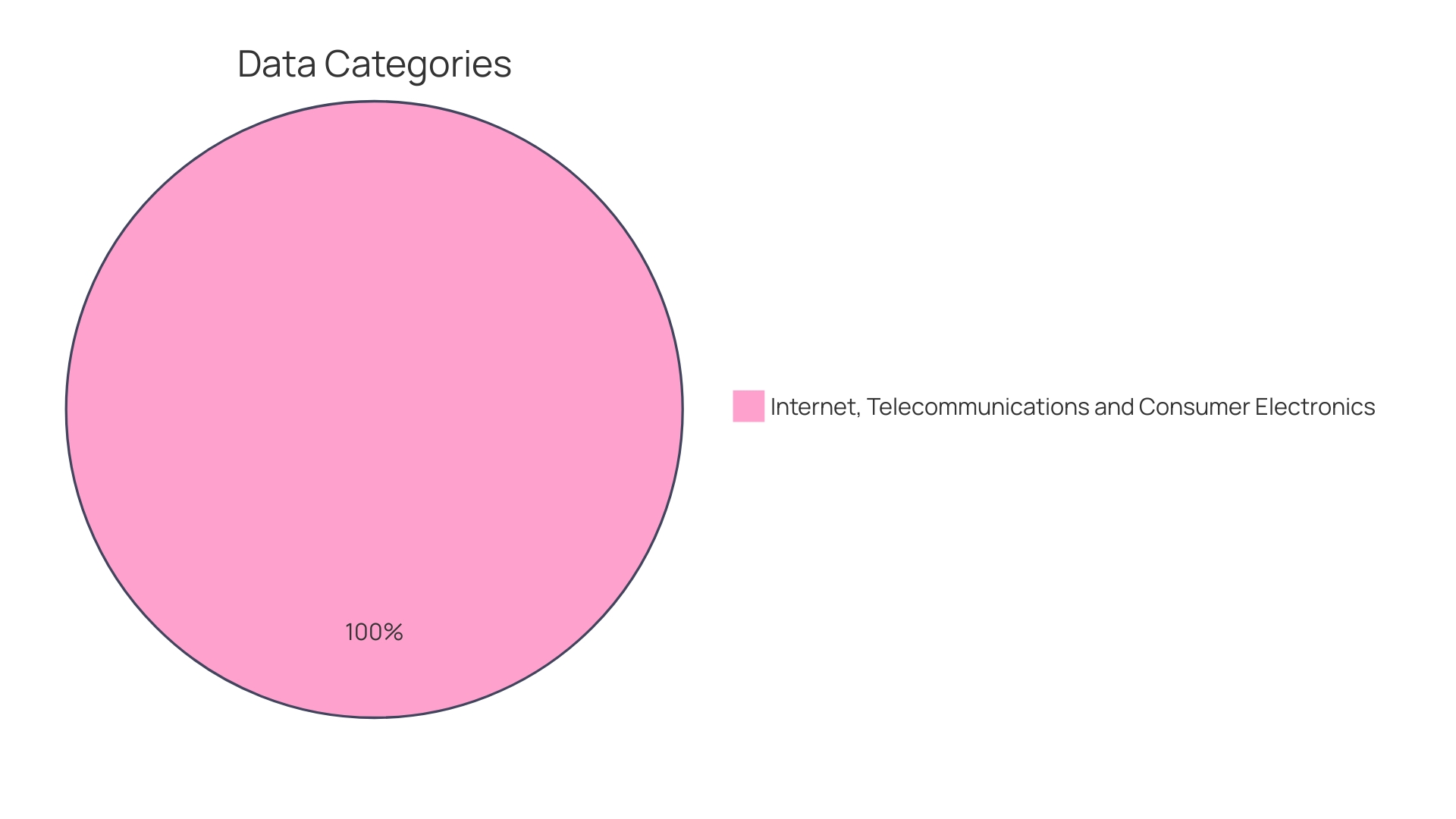
Case Study: Implementation in Developing Economies
The transformation of fecal and organic waste into biogas and other valuable resources is not just an environmental initiative but also a springboard for economic and social development, particularly in non-sewered, urban poor communities. The Safisana project in Ghana stands as a testament to the potential of such initiatives. By creating a closed-loop system that processes waste and converts it into biogas, green electricity, and certified biofertilizer, Safisana addresses critical sanitation issues while fostering community health.
About 95% of wastewater in developing countries is left untreated, often contaminating local water sources and posing severe public health risks. The Safisana model mitigates these risks by treating fecal waste and reducing direct human exposure to contaminants, showcasing a scalable preventive health measure. This circular approach not only improves water, sanitation, and hygiene but also contributes to job creation and enhances environmental conditions.
The International Finance Corporation (IFC) emphasizes the importance of such private sector-led initiatives in driving economic development and creating employment opportunities. The case study of Safisana reveals the broader implications of biogas projects, where local job creation aligns with the strategic vision of global institutions to promote sustainable development and reduce emissions.
In the broader context of developing economies, Costa Rica's national biogas strategy illustrates the commitment to clean energy and decarbonization. With a focus on using biodigestion technology, the country leverages its technological capacity to produce biofuels from various organic wastes, showing the adaptability of biogas solutions across different scales and materials.
The Sustainable Development Scenario (SDS) by the International Energy Agency (IEA) highlights the need for significant changes in the energy sector to align with the Paris Agreement goals. Biogas projects contribute to this transformation by offering access to modern energy and reducing pollutants. By understanding the social, economic, and environmental aspects of biogas implementation in specific case studies, we can gain insights into the broader impacts of such projects on job creation and sustainable growth.
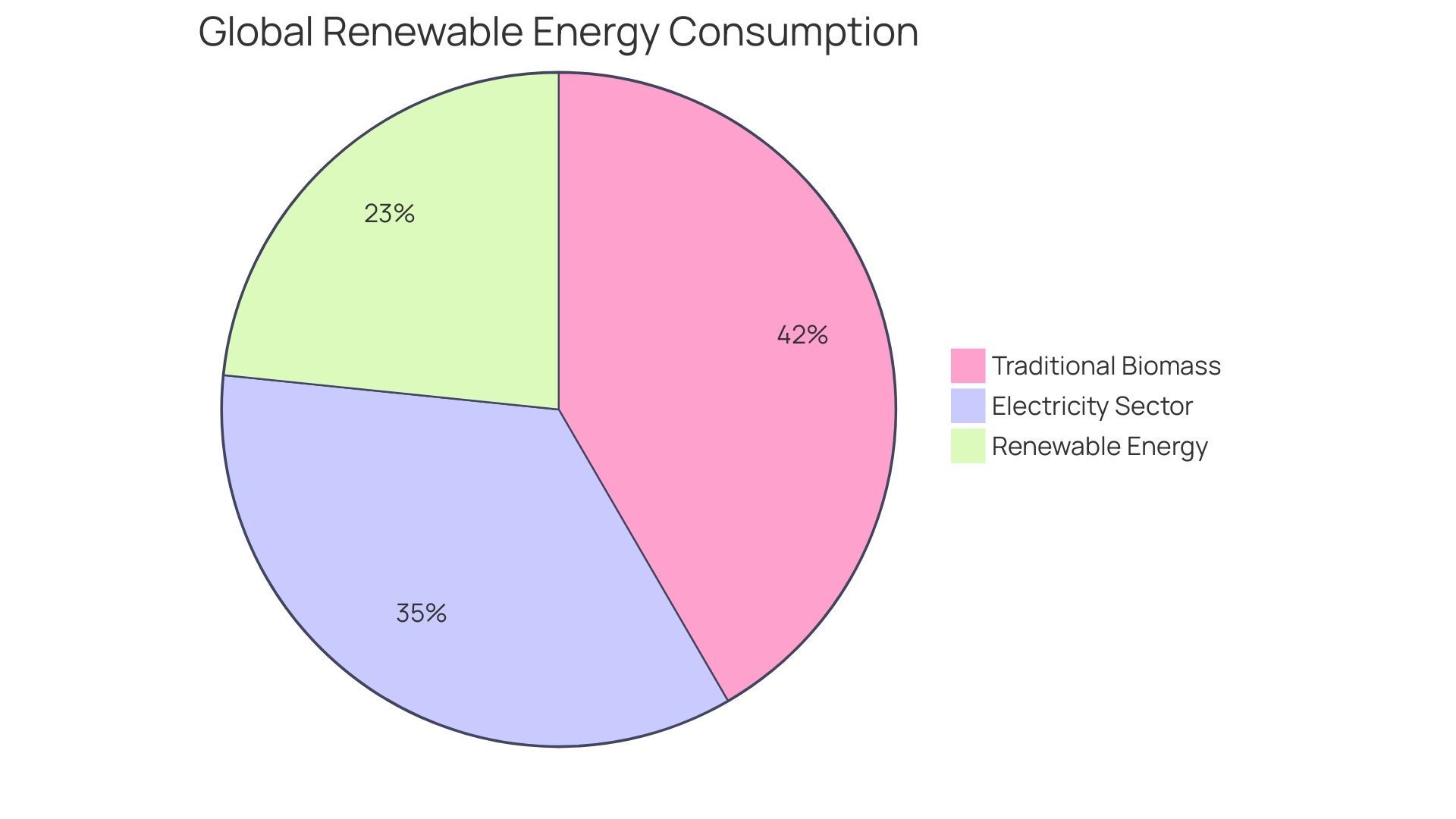
Technological Solutions for Enhanced Biogas Production
The transformation of organic waste into renewable energy through biogas production is an increasingly important aspect of sustainable energy practices. Denmark, a leader in this domain, has been progressively refining its approach to biogas generation since the early 20th century. The nation's utilities have shifted the paradigm of wastewater from a disposable nuisance to a valuable resource for energy, nutrients, and even heat.
Advancements in preprocessing techniques, such as thermal hydrolysis, have significantly improved the breakdown of complex organic materials, rendering them more amenable to digestion and subsequent methane production. The meticulous optimization of anaerobic digestion conditions has been central to maximizing biogas yields. Microbial consortia are leveraged within oxygen-free environments to transform organic matter into a methane-rich biogas, exemplifying the intricate balance between biological processes and engineering prowess.
Furthermore, integrated renewable energy solutions have been at the forefront of Denmark's strategy. By coupling biogas production with other clean energy technologies, the nation has not only fortified its energy security but also set a precedent in the global endeavor to mitigate climate change and its associated risks, such as global warming and energy supply fluctuations. The country's commitment is mirrored in the actions of companies like ENGIE North America, which specializes in developing infrastructure projects for sustainable energy solutions, including co-digestion wastewater facilities and waste-to-energy systems.
The International Energy Agency (IEA) has outlined two contrasting scenarios for the future of energy: the Stated Policies Scenario (STEPS) and the Sustainable Development Scenario (SDS). While STEPS is a projection based on current policies, SDS delineates a transformative path to achieve energy-related sustainable development goals, including the drastic reduction of pollutants and universal access to clean energy. Achieving the SDS aligns with the Paris Agreement's objective to limit global temperature rise, highlighting the imperative for rapid and extensive changes across the energy spectrum.
This momentum is evident in the latest European Union data, which reported a 1.7% increase in indigenous biogas production in 2021 compared to the previous year. Germany leads the production, with significant contributions from Italy and France. The commitment to biogas is reinforced by the REPowerEU plan, which aims to bolster biomethane production to reduce dependence on imported fossil fuels.
In conclusion, the case of Denmark's biogas journey, supported by news, case studies, and statistics, underscores the pivotal role of technology and policy in shaping a renewable energy future. It serves as a testament to the potential of biogas as a cornerstone of a sustainable, secure, and resilient energy system.
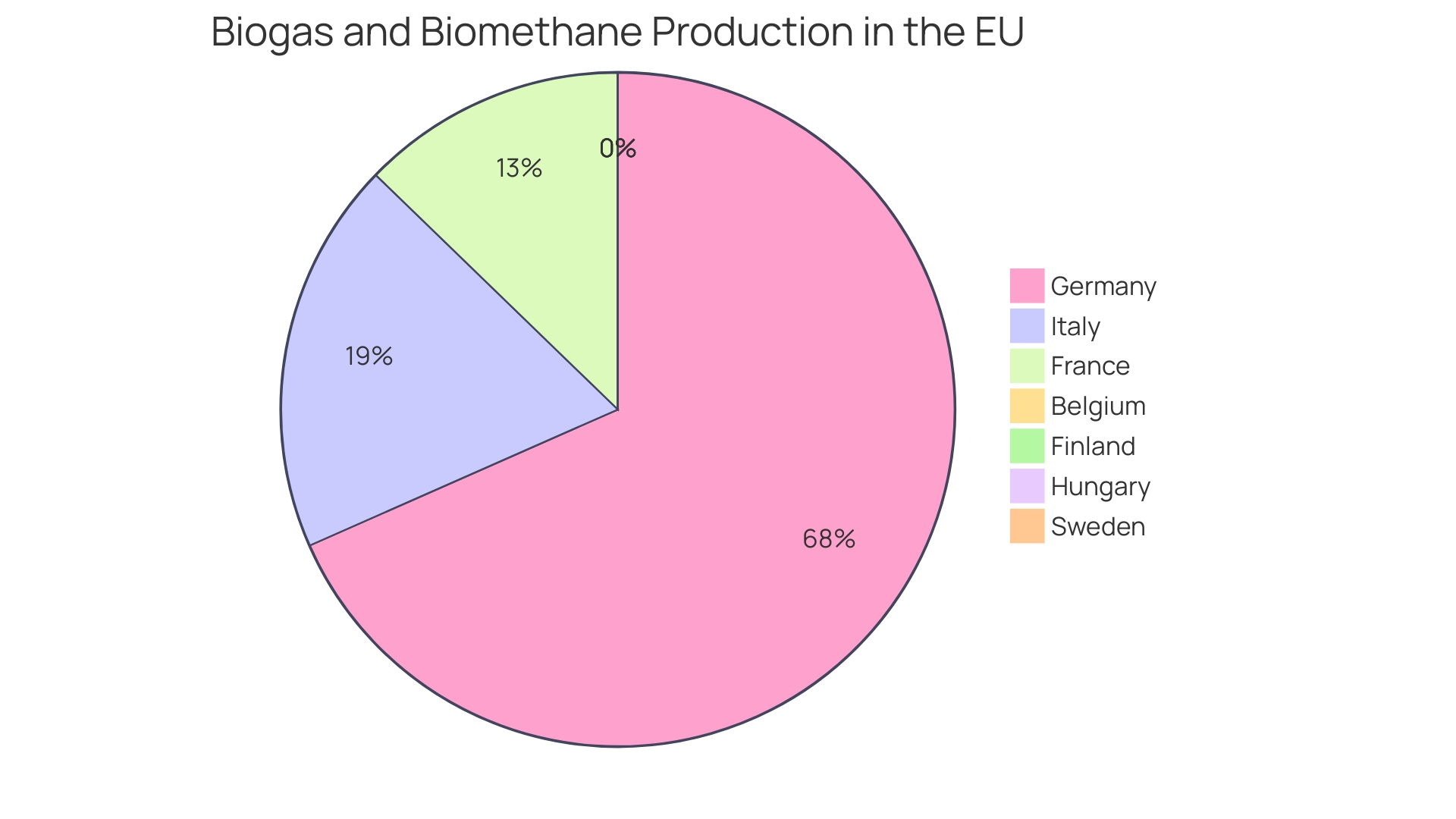
Importance of Moisture Control in Biogas Production
Understanding the pivotal role of moisture content in biogas production is essential for optimizing the anaerobic digestion process. Danish initiatives from the early 20th century exemplify the evolution of biogas technology, where the meticulous management of wastewater treatment has led to the production of biogas, electricity, and heat, in addition to nutrient and sand recovery. This multifaceted approach underlines the importance of controlling variables such as moisture content to enhance the efficiency of biogas systems.
Denmark's historic advancements in biogas development demonstrate the criticality of pre-treatment stages, including moisture regulation, to prepare organic material effectively for digestion. The microorganisms responsible for biogas production thrive under specific conditions, with moisture levels being one of the key factors influencing their metabolic activity. Employing moisture sensors and selecting feedstock with optimal moisture content are strategies mirrored in Denmark's journey that can lead to a more efficient biogas production process.
The EU Water Framework Directive has set stringent targets for water quality, highlighting the impact of agricultural practices on water bodies. By integrating moisture optimization in biogas production, it is possible to address these environmental concerns while creating a renewable energy source. The directive's identification of phosphorous compounds as a pollutant further underscores the importance of advanced treatment processes, like those utilized in Denmark, to manage waste and moisture levels effectively.
Danish utilities have transformed wastewater from waste to a valuable resource, emphasizing the significance of innovative resource recovery. As we move towards a more sustainable energy landscape, the insights gained from Denmark's biogas journey can guide the implementation of technologies that reduce emissions while meeting growing energy demands. This case study not only highlights the practical benefits of moisture control but also serves as an inspiration for adopting global solutions that can be scaled and adopted quickly to overcome the industry's greatest challenges.

Diversified Applications of Biogas
Denmark's pioneering spirit in biogas development epitomizes the multifaceted uses of this renewable resource. Initially installed at wastewater treatment plants in the 1920s to stabilize sludge, the biogas produced was used to heat the digesters themselves. Fast forward to the present, Denmark has evolved to recover not just biogas but also electricity, heat, nutrients, and sand from sludge, marking a significant shift towards resource recovery.
A critical component of this evolution is the anaerobic digestion process, where microorganisms break down organic matter in the absence of oxygen, resulting in biogas rich in methane. The strategic maintenance of optimal conditions for these microorganisms is crucial for maximizing biogas production efficiency. Denmark's journey, spurred by initiatives like the 1987 Danish Aquatic Environment Action Plan, reflects a broader vision of transforming waste into treasure.
The application of biogas extends beyond energy generation. It can serve as a cooking fuel, a source of heat for industrial processes, and as a renewable alternative to natural gas. This is particularly relevant in the context of today's energy and climate policies, as the International Energy Agency (IEA) assesses the direction of the global energy system and proposes sustainable development goals aligned with the Paris Agreement. These goals emphasize the importance of renewable energy sources, like biogas, in achieving universal access to modern energy and reducing air pollution.
The case of Denmark demonstrates the environmental and economic advantages of biogas. By focusing on effective waste management, as highlighted by the Bulk Waste Generators (BWG) rule, which mandates waste management systems for large apartment complexes, organic waste is diverted from landfills, reducing pollution and groundwater contamination. This aligns with the need to manage the 1.2 billion tons of agricultural waste produced annually, as reported by the World Wildlife Fund (WWF), which if not managed properly, can lead to significant environmental degradation.
The transformative potential of biogas is evident, and its diverse applications underscore its role in a sustainable energy future. As the energy sector navigates the gap between current policies and the Sustainable Development Scenario (SDS), biogas stands out as a viable solution, contributing to a cleaner, more efficient energy system.
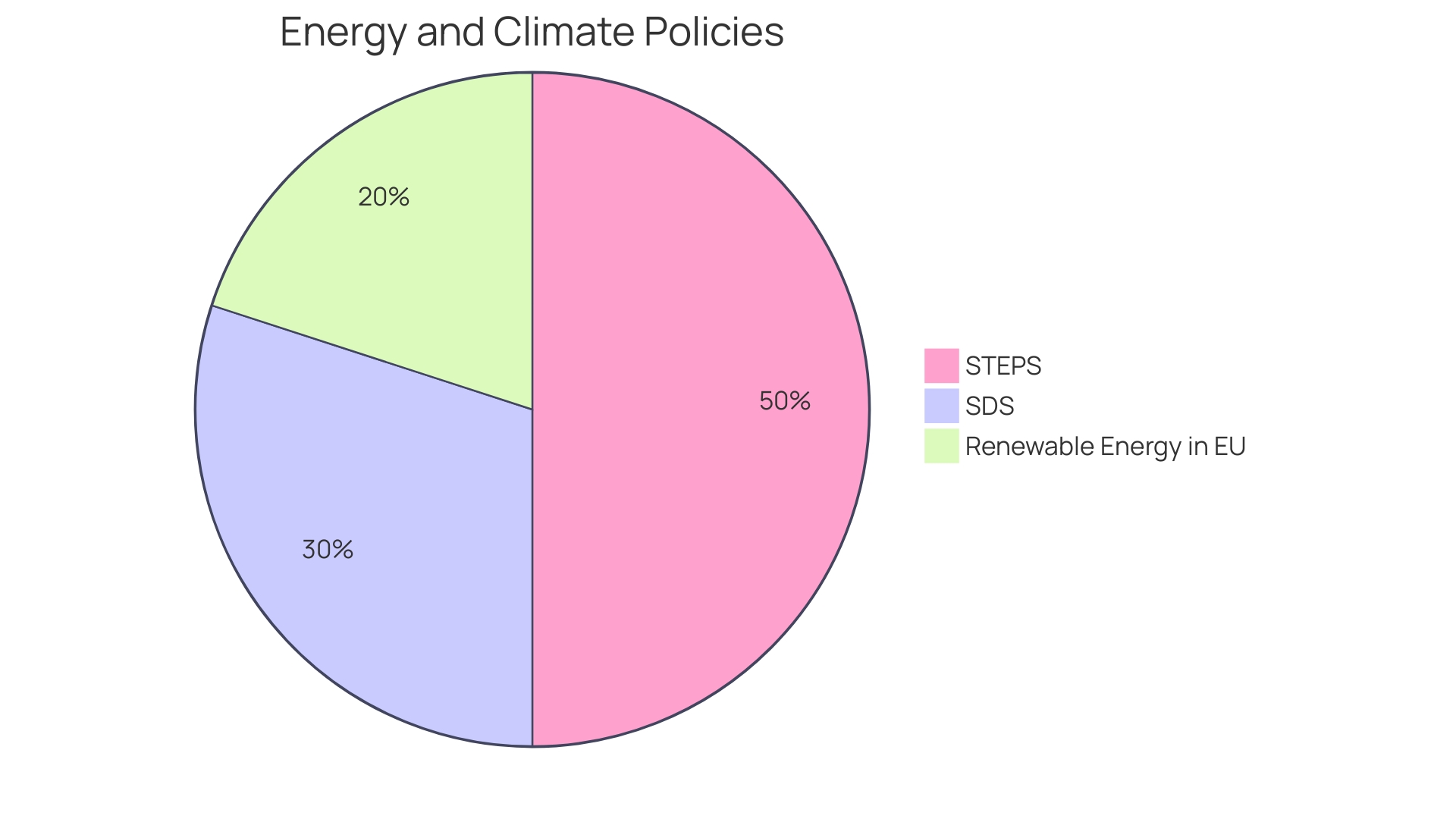
Economic and Environmental Benefits
Biogas systems, which utilize anaerobic digestion to recycle organic waste into renewable energy and soil products, are gaining traction for their economic and environmental advantages. ENGIE North America, an energy services company, has been at the forefront of implementing biogas technologies. Senior Business Development Manager Boyd Gregg, a Professional Engineer, has led the development of projects such as co-digestion wastewater facilities and waste-to-energy systems. These initiatives are part of ENGIE's broader strategy to offer sustainable energy solutions while working towards a carbon-neutral economy.
Recent trends highlight the sector's growth, with the American Biogas Council reporting a record increase in biogas projects. In 2023 alone, 96 new biogas projects commenced operations in the United States, attracting $1.8 billion in capital investments. These projects contribute significantly to the reduction of methane emissions, a potent greenhouse gas, and are capable of reducing carbon emissions by 50% to 700% when compared to conventional fossil fuels. Subsequently, the biogas industry is making a substantial contribution to powering homes with the added capacity to supply the equivalent of 600,000 households with energy.
Furthermore, the healthcare sector, responsible for nearly 5% of global emissions, is recognizing the necessity of decarbonization. Renewable energy sources, such as biogas, are becoming economically viable alternatives to fossil fuels. The shift is not only a strategic financial decision but also a moral imperative to reduce emissions and improve public health.
California's legislative efforts to cut methane emissions from livestock manure by 40% below 2013 levels by 2030, as outlined in SB 1383, exemplify the type of policies that can drive the adoption of biogas systems without imposing undue burdens on farmers. The state seeks to avoid the risk of 'leakage', where stringent environmental policies could inadvertently push emissions to other regions.
In summary, biogas systems are not only cost-effective and revenue-generating through the sale of by-products but also play a crucial role in reducing greenhouse gas emissions. The integration of these systems into the energy mix represents a significant step toward a more sustainable and environmentally friendly future.
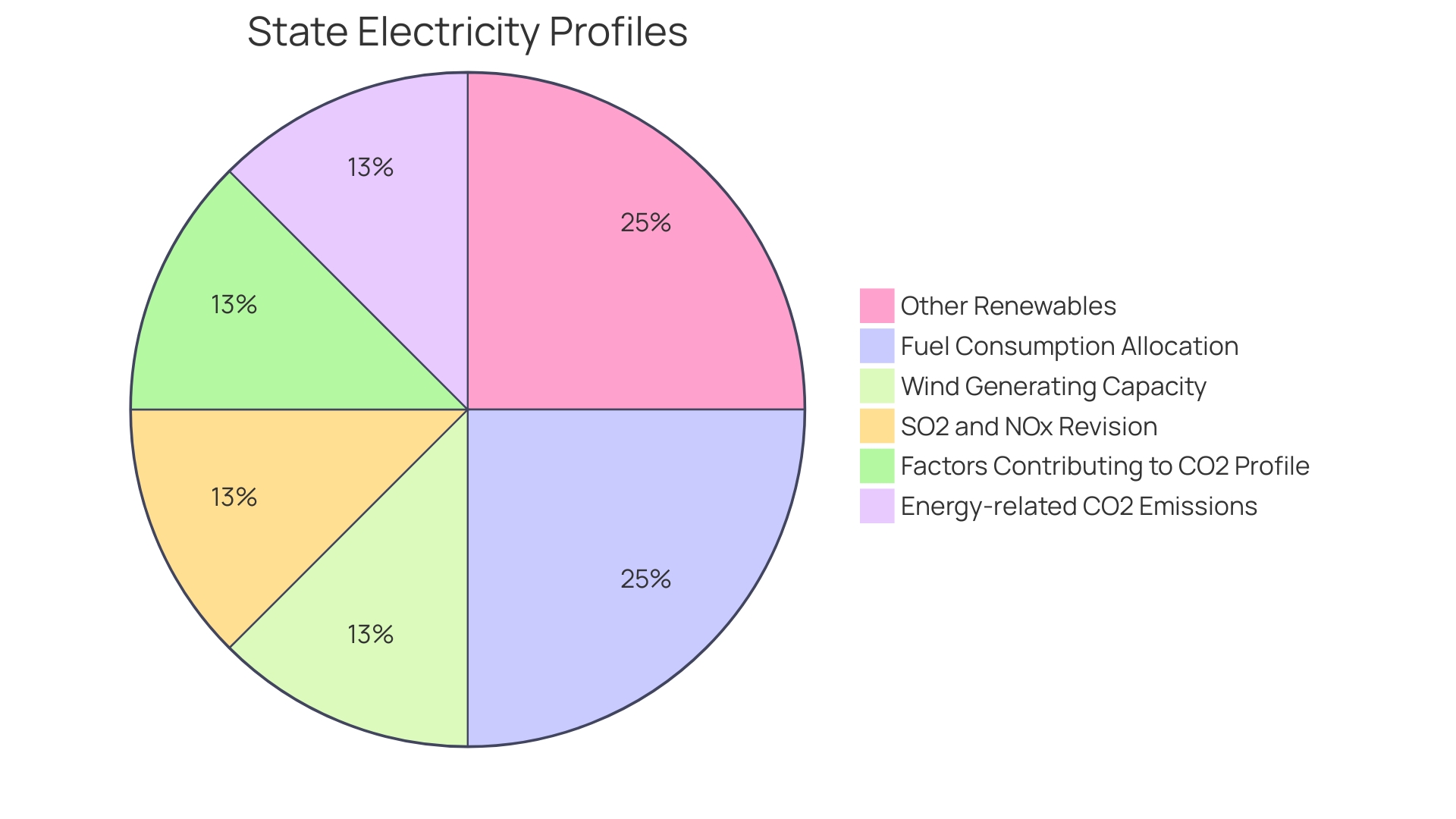
Future Directions and Global Implications
Biogas technologies stand at the forefront of transforming our energy systems, with the potential to significantly contribute to achieving global sustainable development goals. The International Energy Agency's Sustainable Development Scenario (SDS) outlines a roadmap for energy sectors worldwide to align with the Paris Agreement's stringent climate objectives, aiming to keep global temperature rise well below 2°C. This scenario requires a paradigm shift toward renewable energy, including biogas, to provide universal access to modern energy and drastically reduce air pollutants.
Recent trends indicate a promising future for biogas. In the United States, the American Biogas Council reported a record growth in the biogas industry for the third consecutive year, with 2023 witnessing the initiation of nearly 100 new projects. These projects, representing $1.8 billion in capital investments, significantly contribute to reducing carbon emissions from electricity by replacing natural gas with biogas—a renewable energy source generated through the anaerobic digestion of organic waste.
The importance of biogas extends beyond energy production; it also addresses critical environmental concerns. Approximately two-thirds of anthropogenic CO2 emissions are derived from burning fossil fuels for energy, highlighting the need for rapid decarbonization in all sectors. Industrial biotechnology, including microbial conversion of organic substrates, facilitates the production of biofuels and chemicals. This process not only reduces CO2 emissions but also lessens reliance on fossil-based feedstocks.
The potential of biogas as part of a wider decarbonization strategy is underscored by the healthcare sector's efforts to reduce its carbon footprint. With nearly 5% of global emissions attributed to healthcare, the sector recognizes the need for decarbonization to be both a moral imperative and a practical necessity. Renewable energy, particularly biogas, plays a crucial role in achieving this transition affordably.
Furthermore, biogas systems demonstrate multifaceted benefits. They mitigate methane emissions, recycle organic waste, and recover nutrients, thereby preventing over-fertilization and protecting waterways from runoff. The versatility of biogas, from powering homes to creating valuable soil products, exemplifies its critical role in a sustainable future.
As we navigate the urgent need for climate action, biogas technologies emerge as a beacon of innovation, offering a glimpse into an energy-secure, environmentally conscious world. The global energy landscape is poised for a transformation, with biogas playing a pivotal role in bridging the gap between current energy practices and a sustainable, low-carbon future.
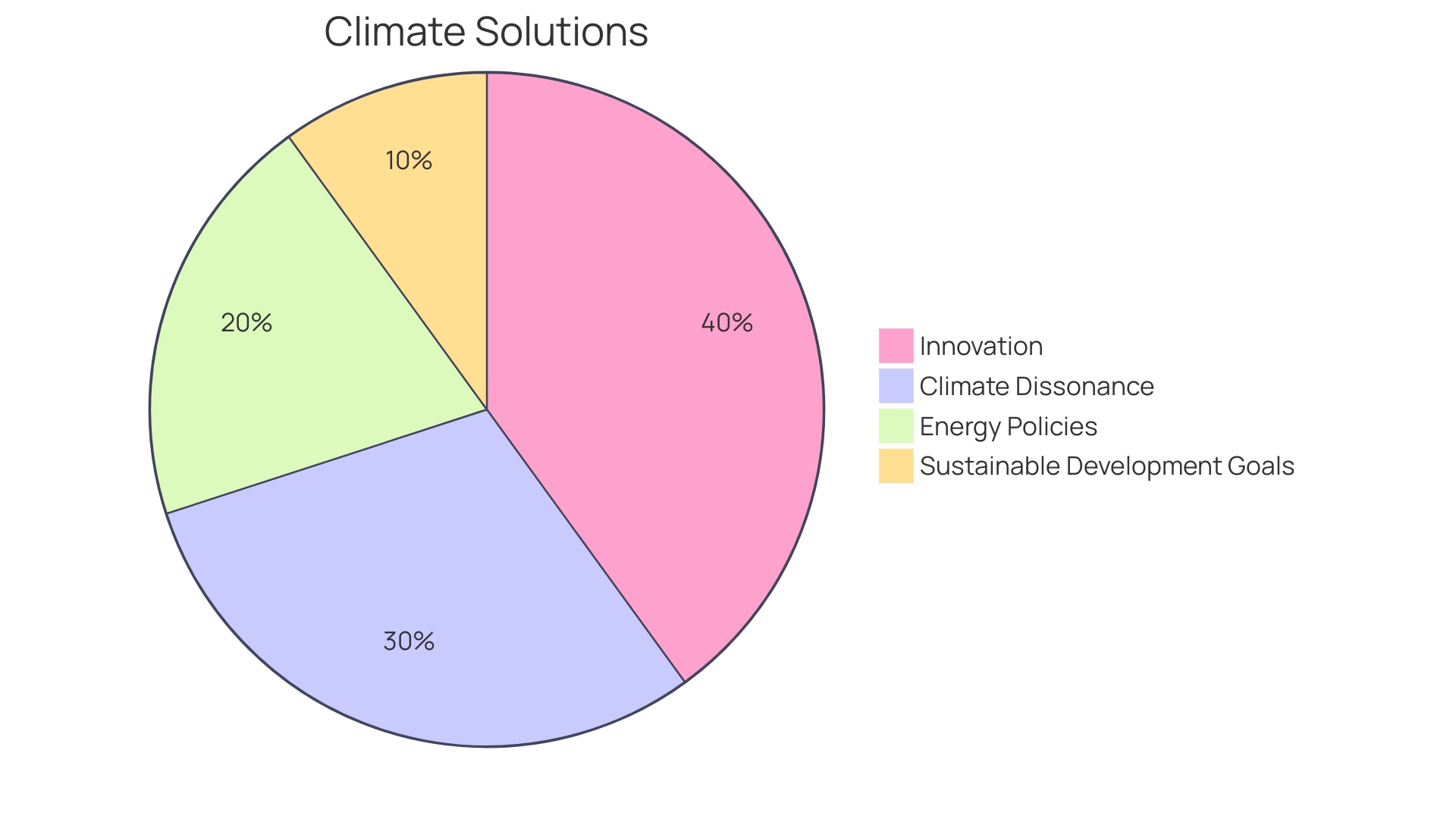
Conclusion
In conclusion, biogas production systems face challenges with feedstock availability and quality, impacting biogas yield. Meticulous waste management and process control are crucial for optimizing production. Case studies from California and Denmark demonstrate efforts to reduce methane emissions and achieve sustainable biogas production.
Biogas plays a significant role in EU policies and the global energy sector's transition to renewable fuels.
Technological advancements, like membrane technology in wastewater treatment, shape the future of biogas production, enhancing efficiency and contributing to the renewable fuels industry. Biogas has diverse applications beyond energy production, including valuable compost and biofuel generation from organic waste.
The economic and environmental benefits of biogas systems are evident, reducing greenhouse gas emissions, enhancing energy security, and creating job opportunities. Biogas plays a crucial role in climate change mitigation, replacing fossil fuels in various sectors. Its integration aligns with the goals of the Paris Agreement and the International Energy Agency's Sustainable Development Scenario.
Biogas projects have significant implications for developing economies, addressing sanitation issues, fostering economic and social development, and contributing to sustainable growth.
Denmark's biogas journey emphasizes the importance of moisture control, optimized anaerobic digestion conditions, and integrated renewable energy solutions in maximizing production efficiency. These insights guide the implementation of technologies worldwide, fostering a sustainable and resilient energy system.
The future of biogas is promising, contributing to global sustainable development goals. Biogas technologies transform energy systems and play a pivotal role in achieving climate objectives. They offer multifaceted benefits, from mitigating greenhouse gas emissions to recycling organic waste and protecting waterways.
As we navigate climate action, biogas technologies bridge the gap to a sustainable, low-carbon future. The global energy landscape undergoes transformation, with biogas leading the way towards a secure, environmentally conscious world.




